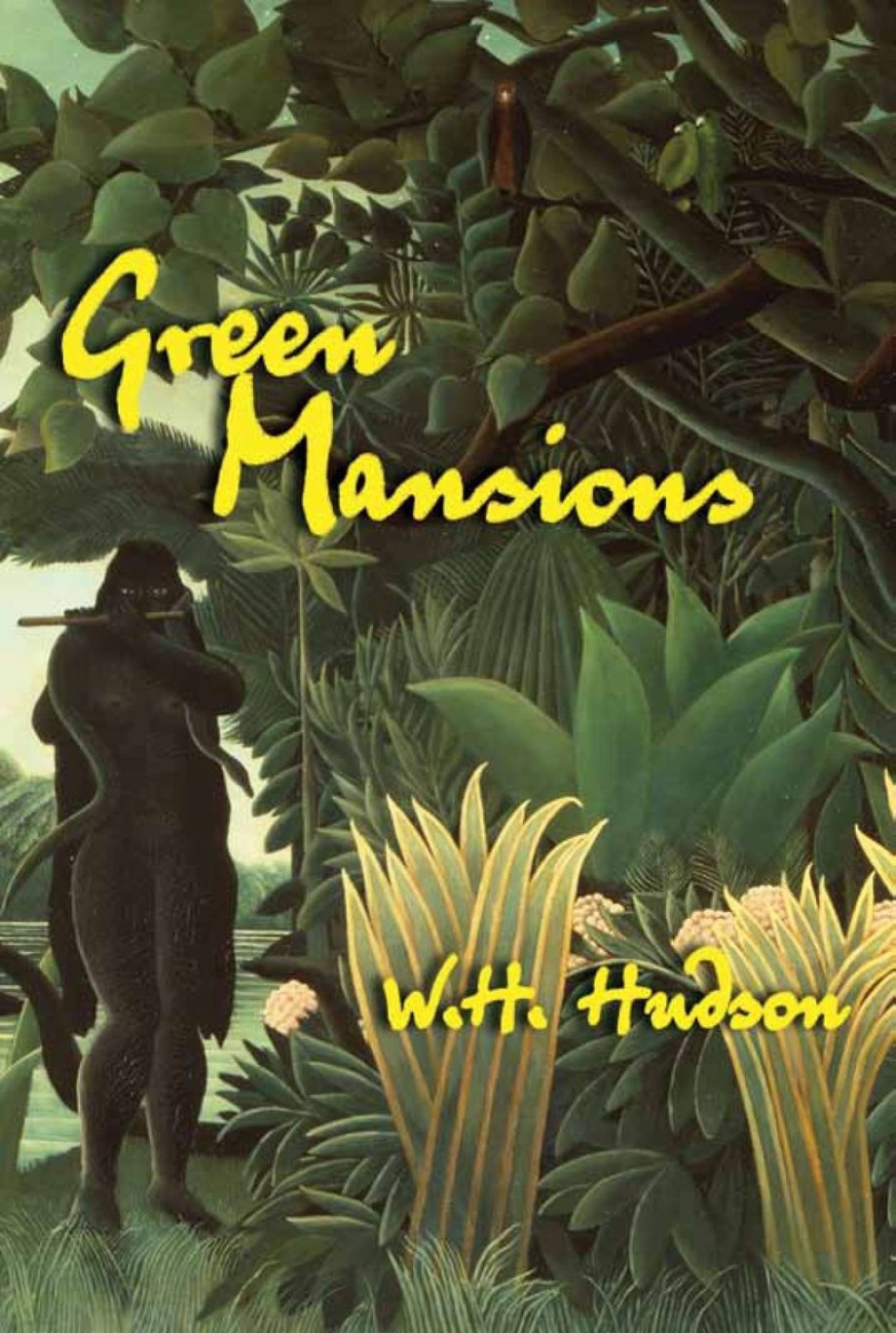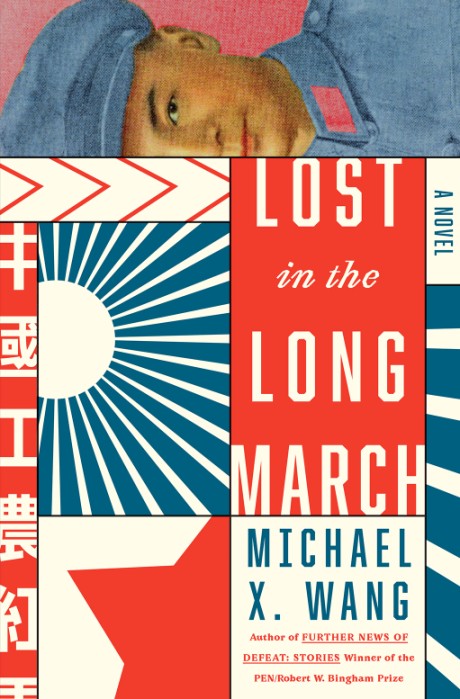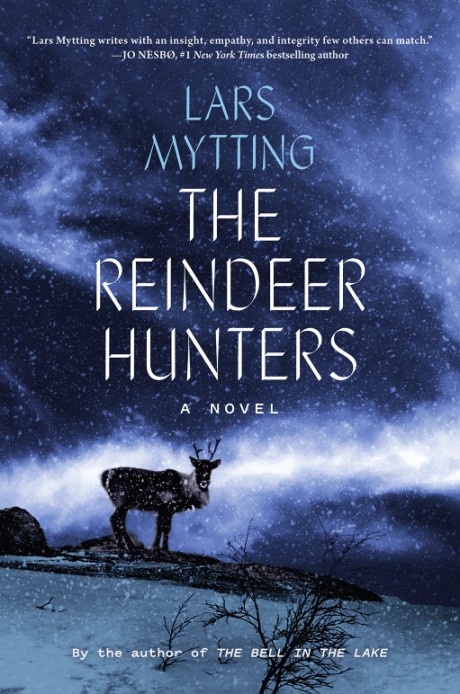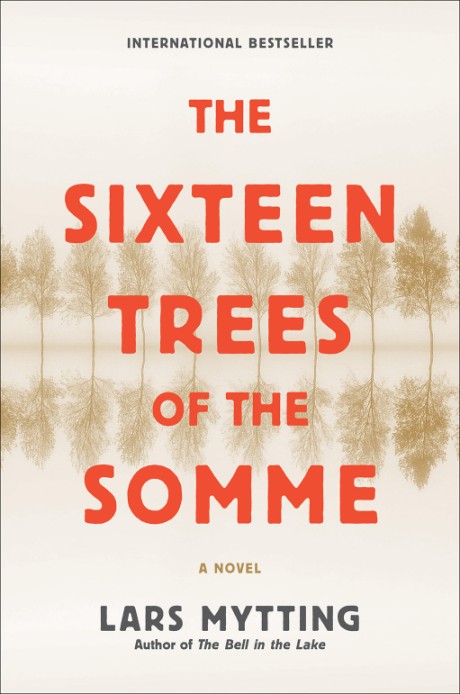W.H. Hudson's most famous novel, Green Mansions, is the book that sparked the nature conservation movement.
A master of natural history writing, W.H. Hudson forms a link between 19th-century Romanticism and the 20th-century ecological movement.
First published in 1904, Green Mansions owes much of its success to the mystic, near-religious feelings that pervade the story. Hudson's halting, poetic expressions combined with his descriptions of untouched natural beauty make the novel as powerful a call back to nature today as it was more than 100 years ago.
After a failed revolution, Abel is forced to seek refuge in the virgin forests of southwestern Venezuela. There, in his "green mansion," Abel meets the wood-nymph Rima, the last of a reclusive aboriginal race. The bird-girl's ethereal presence captivates him completely, but the love that blossoms is soon darkened by cruelty and sorrow.
Exploring a love somewhere between reality and imagination, Green Mansions is a poignant meditation on the loss of wilderness, the dream of a return to nature, and the bitter reality of the encounter between "savage" and "civilized" man.
The inspiration for the movie starring Audrey Hepburn, Green Mansions stunningly re-creates the untouched forests of South America with amazing detail.









